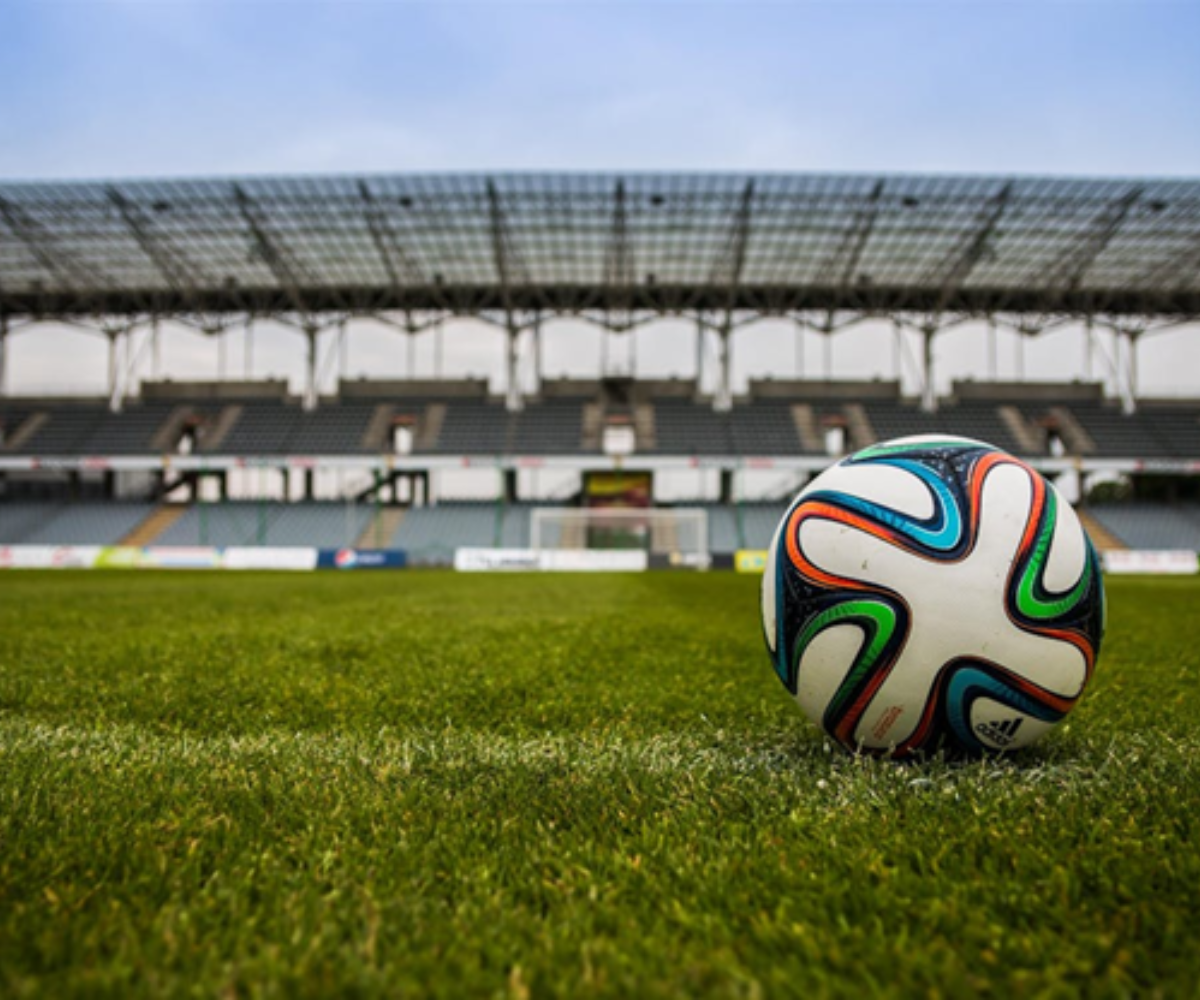Qualifying is a crucial part of the Formula 1 race weekend, determining the starting positions for the race on Sunday.
It is an intense and highly strategic session that allows drivers to showcase their speed and skill. This article breaks down the current qualifying format, its structure, and the key elements that make it a vital component of Formula 1.
1. Format of Qualifying
The qualifying session is divided into three knockout rounds: Q1, Q2, and Q3. Each round has a specific duration and elimination process, which adds to the excitement and drama of the session.
- Q1 (18 minutes): All participating drivers (typically 20) take to the track to set their fastest lap times. At the end of this session, the five slowest drivers are eliminated and will start the race from positions 16 to 20 based on their fastest lap times. The remaining 15 drivers advance to Q2.
- Q2 (15 minutes): The remaining drivers compete again to set their fastest lap times. Similar to Q1, the five slowest drivers are eliminated at the end of this session, securing positions 11 to 15 on the starting grid. The top 10 drivers proceed to Q3.
- Q3 (12 minutes): This final session features the top 10 drivers competing for pole position. They have the opportunity to set their fastest lap times, with the driver achieving the fastest time earning the coveted pole position for the race. The times set in Q3 determine the starting order for the top 10 positions.
2. Key Rules and Regulations
- Tire Usage: While previously there were restrictions on tire compounds used in qualifying, recent changes have allowed teams greater flexibility. As of 2022, drivers can choose their tire compounds for the race without being locked into the tires they used in Q2.
- 107% Rule: To ensure that all drivers are competitive enough to participate in the race, the 107% rule is enforced. This rule states that drivers must set a time within 107% of the fastest time in Q1 to qualify for the race. If they fail to do so, they may require special permission from the FIA to compete.
- Grid Penalties: Drivers can incur grid penalties for various infractions, such as changing engine components or other technical violations. These penalties are applied after qualifying, which can alter the starting grid compared to the qualifying results.
3. Importance of Qualifying
Qualifying is critical in Formula 1 for several reasons:
- Starting Position: The starting grid significantly impacts race outcomes. Securing pole position provides a strategic advantage, as it allows the driver to start at the front of the pack, reducing the risk of collisions and enabling better control of the race pace.
- Strategic Decisions: Teams use qualifying sessions to gather valuable data about the car's performance under different conditions. The results help inform strategies for tire choices and race tactics.
- Fan Engagement: Qualifying adds an exciting dimension to the race weekend, drawing fans' attention and building anticipation for the main event. The drama of the knockout format keeps spectators engaged as they watch drivers push their limits to secure the best possible starting position.
4. Recent Changes and Innovations
Formula 1 continuously seeks to improve the spectacle of qualifying. For example, in 2023, a new format was tested at select races, requiring drivers to use specific tire compounds in each qualifying session (hard in Q1, medium in Q2, and soft in Q3). This change aimed to level the playing field and create a more competitive environment.
Qualifying in Formula 1 is a complex and exciting process that plays a crucial role in determining the outcome of races. With its knockout format, strategic implications, and the pressure it places on drivers, qualifying is as much a spectacle as the race itself. As Formula 1 evolves, the qualifying format may continue to adapt, ensuring that it remains a thrilling aspect of the sport for fans and competitors alike.
RELATED: What is a Grand Prix in Formula 1?
RELATED: What Does It Mean to Be on the Podium in Formula 1?







%20(1200%20%C3%97%20232%20px)%20(9).png)









.png)

